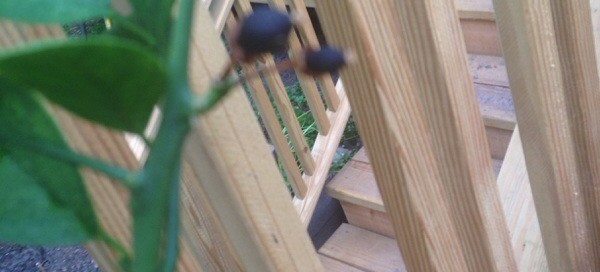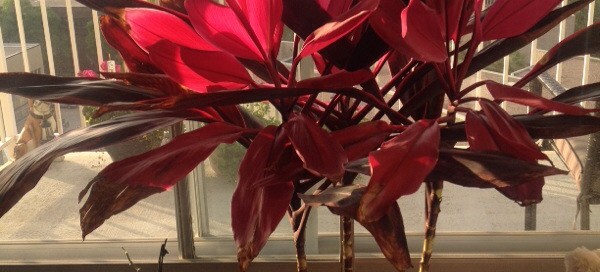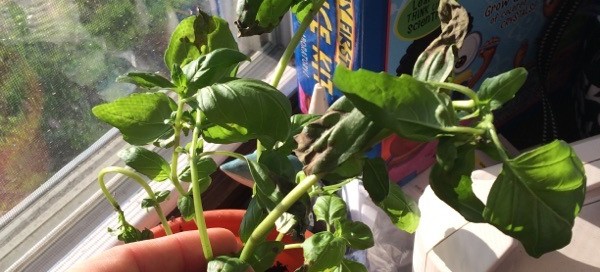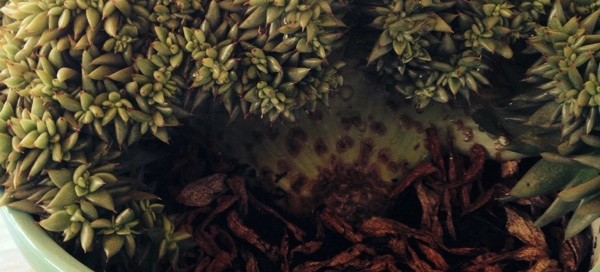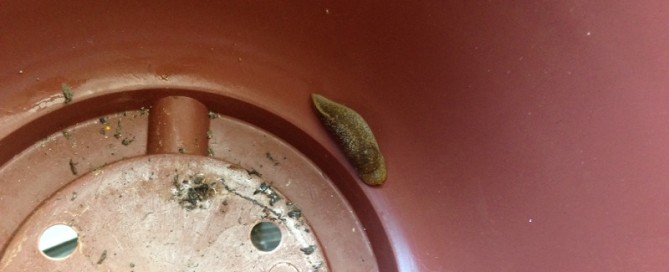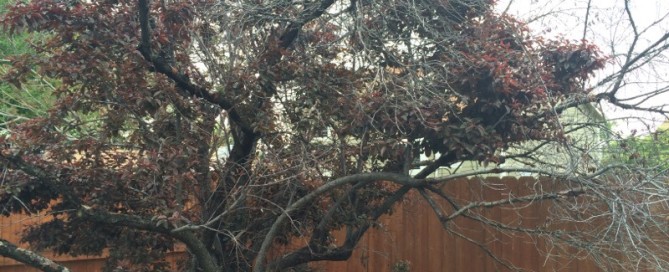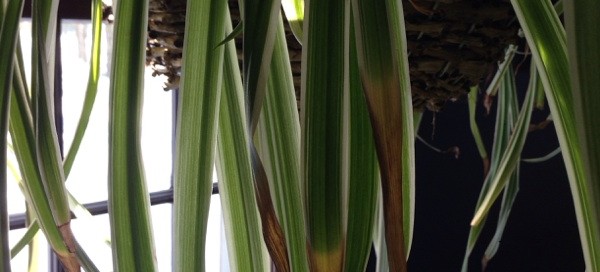Alternaria Fruit Rot
Lemon trees are part of the citrus genus of plants, prized by many home gardeners for their bright yellow fruit. Hardy in U.S. Department of Agriculture plant hardiness zones 8 through 10, lemon trees thrive in sunshine and warmth. Like other citrus varieties, lemon trees are susceptible to several fungal infections, but blackening of new fruit and premature drop are usually symptoms of Alternaria fruit rot infection.
Alternaria fruit rot, also known as black rot, is a fungal disease affecting citrus plants. It is typically caused by the fungal pathogen, Alternaria alternata. Alternaria fungus develops on dead tissue of the fruit and leaves during wet conditions, producing spores that are carried by the wind. The fungal spores require moisture to germinate and infect the fruit. Once the spores have germinated, Alternaria fungus establishes itself in the stylar end of the fruit, also referred to as the button or blossom end. Alternaria fruit rot fungus is most likely to enter the fruit through cracks or splits, where it grows into the core of the lemon fruit and causes black decay.
